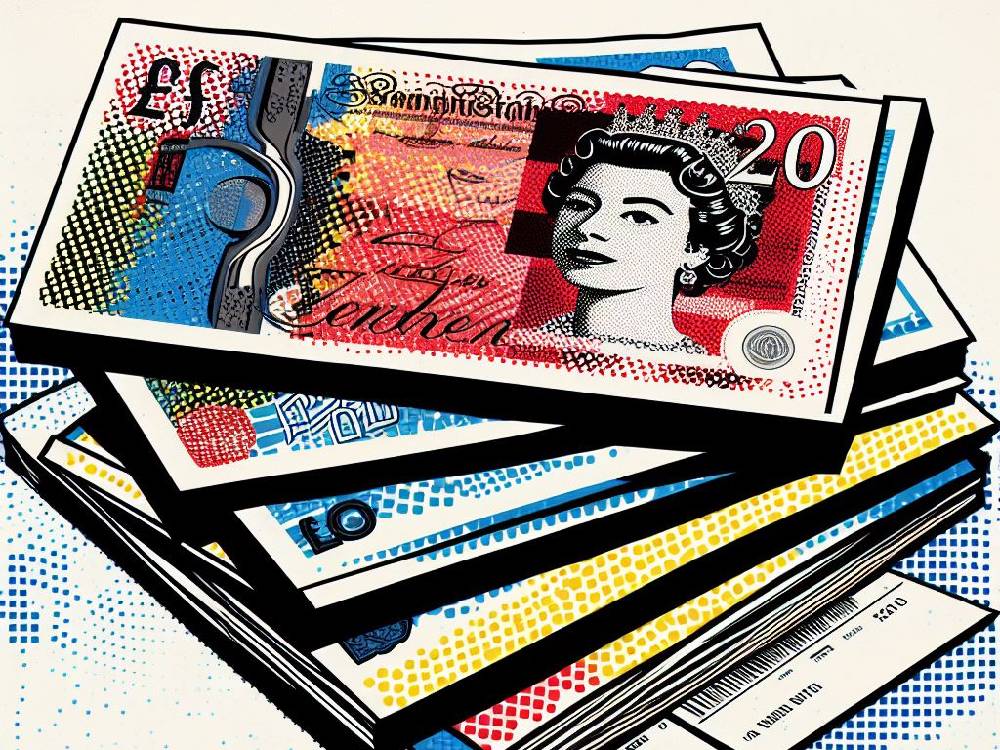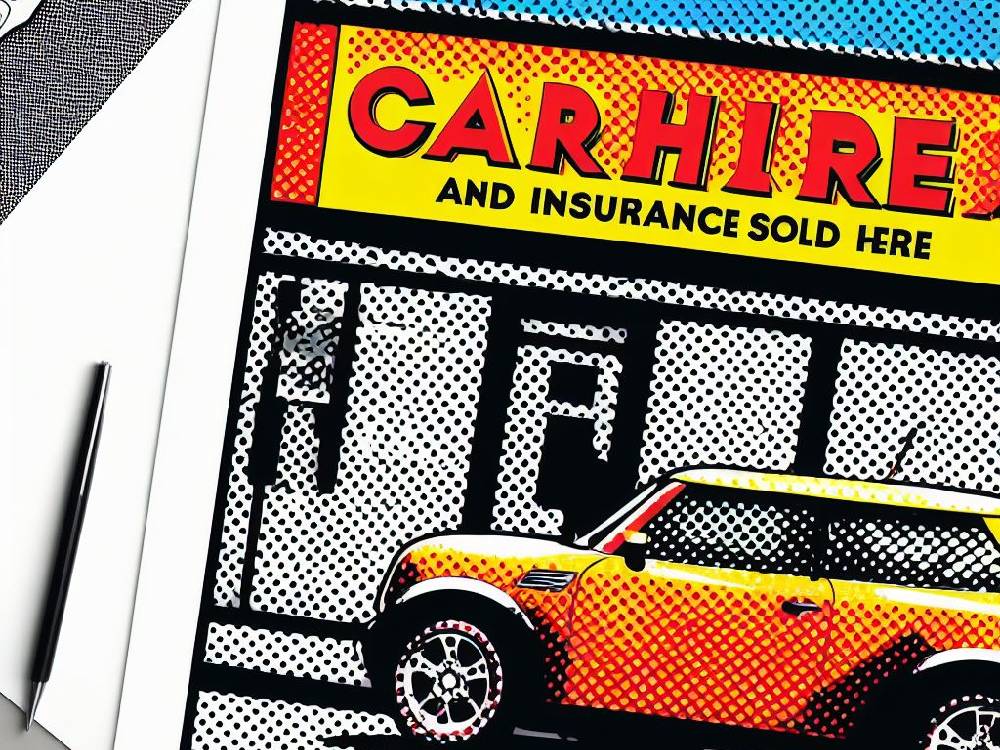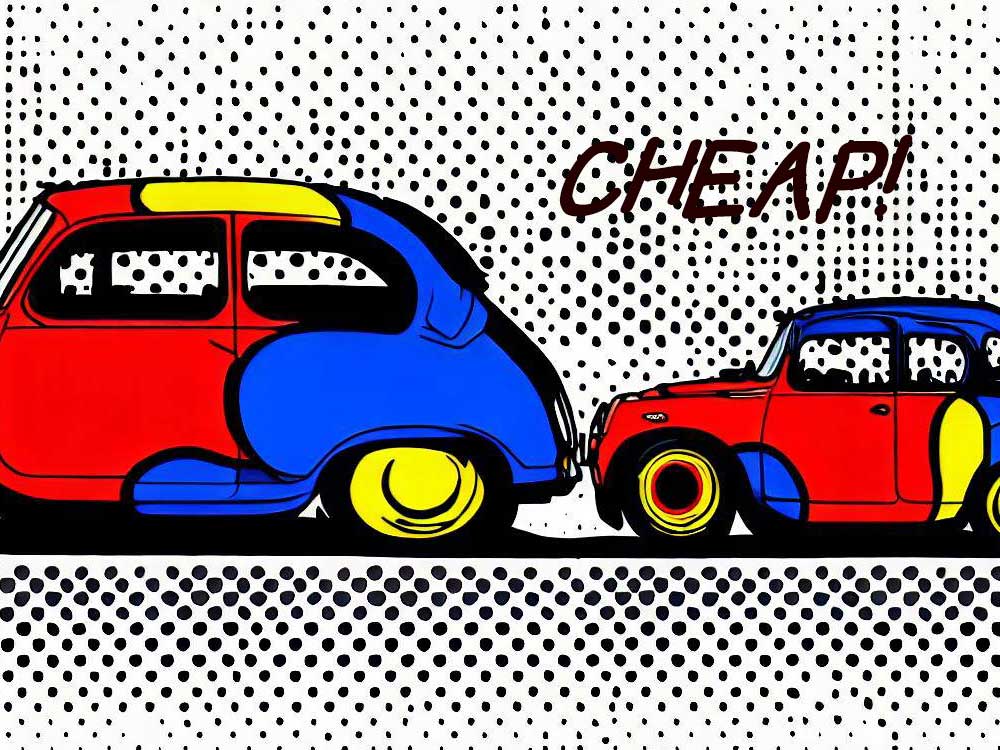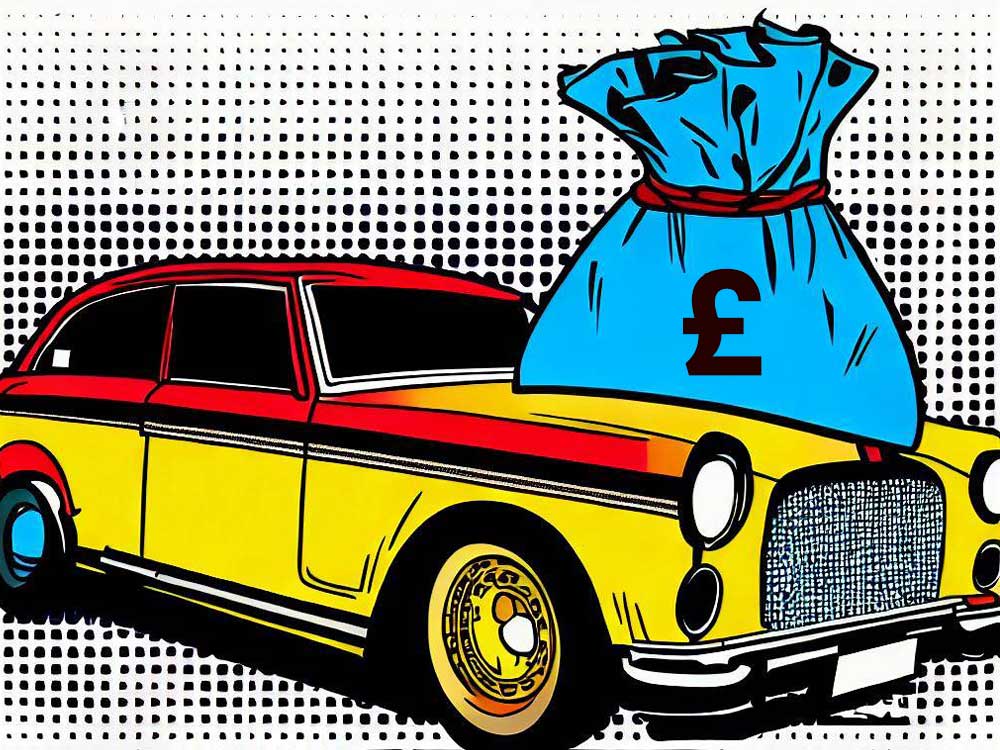Introduction
Unlocking the Ideal Time to renew Car Insurance in the UK
Have you ever pondered the significance of the timing of your car insurance renewal?
In the UK, the specific date you opt for renewal can have a profound impact on your premium.
Consequently, this article is dedicated to exploring the most advantageous day to renew your car insurance.
Why does this matter, you ask?
Let’s dive in and find out.
Key Points:
- Understanding the perfect renewal date for car insurance.
- Unraveling the factors that influence insurance rates.
- Essential tips for securing cost-effective car insurance.
The Optimal Date To Renew: Why Choose 27 Days Before?
Have you ever considered why car insurance quotes can vary wildly?
Recent data brings a surprising insight to light.
Renew your car insurance 27 days before the due date to make substantial savings.
In contrast, waiting until the due date might result in paying up to 50% more.
But why exactly 27 days?
This magic number is tied to insurers’ perception of risk.
Planning ahead is often seen as a sign of a low-risk customer, leading to lower premiums.
Decoding Car Insurance Pricing: It’s Not Just About Dates
So, what else impacts car insurance rates?
Besides the renewal date, a multitude of other factors also come into play.
Importantly, your driving history, the type of car you own, and even your geographical location are pivotal.
Consequently, gaining an understanding of these factors can unlock opportunities for securing lower rates.
For a deeper understanding, why not check out our comprehensive guide on how insurance companies calculate rates.
The Early Bird’s Advantage: Renew Early – It Matters
But why renew early?
It’s not just about beating the rush.
Renew ahead of time to secure lower rates.
Additionally, it provides the opportunity to compare different quotes.
This ensures you’re getting the best possible deal.
Real-Life Examples: Seeing The Savings Yourself – Renew Early
Let’s look at some real-world examples.
John, from London, managed to reduce his premium by 30% by renewing early.
On the other hand, Sarah faced a significant rate increase by waiting until the last minute.
These stories highlight the impact of strategic renewal timing.
Staying Informed: Navigating Market Trends
What about the broader market trends?
The car insurance landscape is in a state of constant evolution.
Furthermore, a variety of factors such as economic trends, technological advancements, and consumer habits significantly influence this sector.
Therefore, staying abreast of these trends can be instrumental in helping you anticipate and adapt to changes in insurance rates.
For instance, the emergence of telematics-based insurance is changing how premiums are calculated.
This is a boon for safe drivers looking to save money.
Essential Tips For Cheaper Car Insurance
Looking for ways to reduce your car insurance costs?
Here’s a list of practical tips.
From shopping around to choosing the right vehicle, every decision counts.
Also, consider administration charges and the benefits of a telematics policy.
Prefer paying annually?
That could save you more than you think.
For an in-depth look at these tips, visit our guide to saving money on car insurance.
The Rise Of Telematics: A Game Changer In Insurance Pricing
What about modern insurance solutions?
Telematics policies are reshaping the insurance landscape.
They base premiums on actual driving behaviour rather than generic statistics.
This approach can lead to significant savings for safe, conscientious drivers.
Discover more about this innovative option on our telematics car insurance page.
Annual vs. Monthly Payments: A Strategic Choice
Finally, let’s talk about payment options.
Choosing between annual and monthly payments is more than just a budgeting decision.
Paying annually often leads to overall lower costs.
It’s a strategic choice that can positively impact your insurance expenses.
Conclusion
Maximising Savings on Your Car Insurance Journey
In conclusion, the journey to finding affordable car insurance is filled with opportunities to save.
Remember, the best time to renew your policy is 27 days before the due date.
Staying informed about the factors affecting insurance rates is key.
And don’t forget, applying practical tips like opting for telematics policies or choosing to pay annually can make a big difference.
Interested in exploring more ways to save?
Check out our other insightful blogs on cheap car insurance for women and comprehensive vs. third-party insurance.
Whether you’re a seasoned driver or a newcomer on the roads, navigating car insurance doesn’t have to be daunting.
With the right knowledge and strategies, you can secure the coverage you need at a price that’s right for you.
Happy saving!











